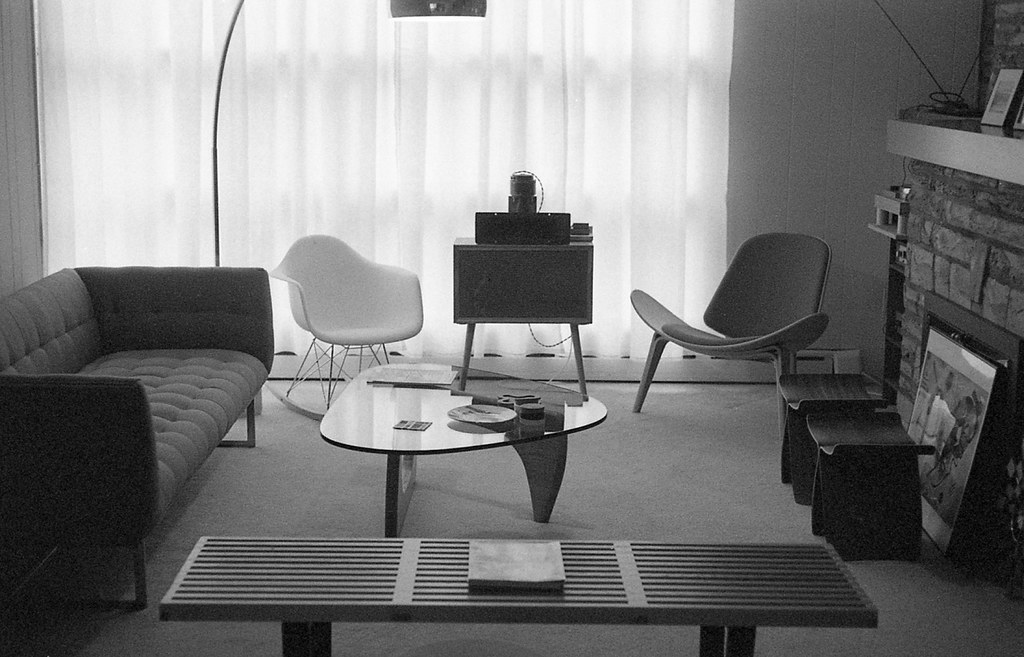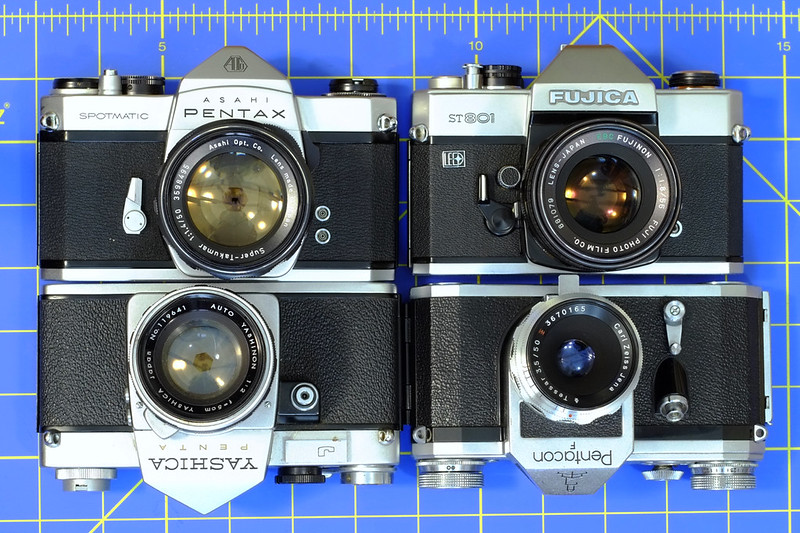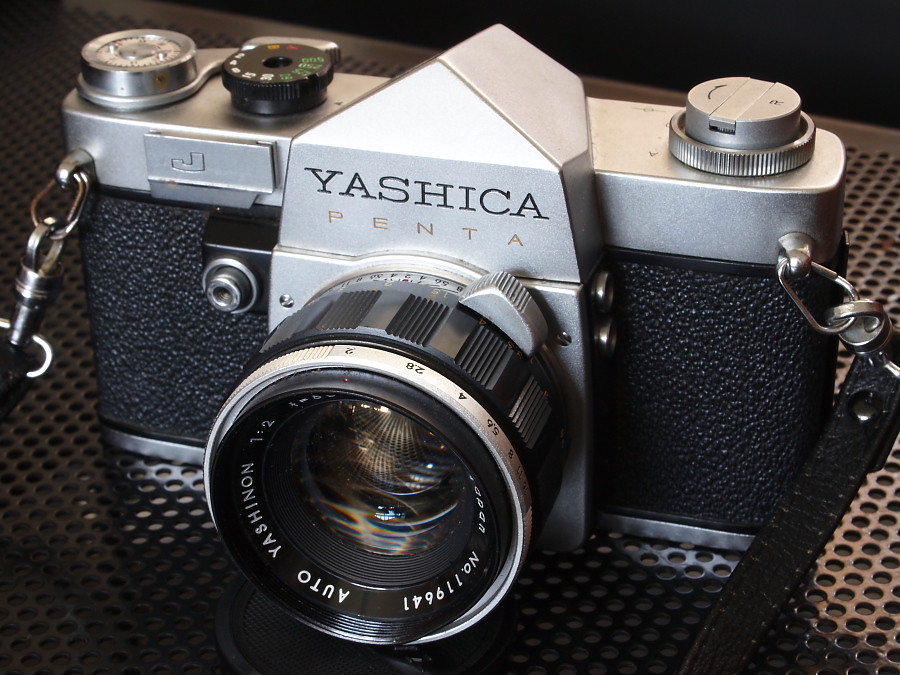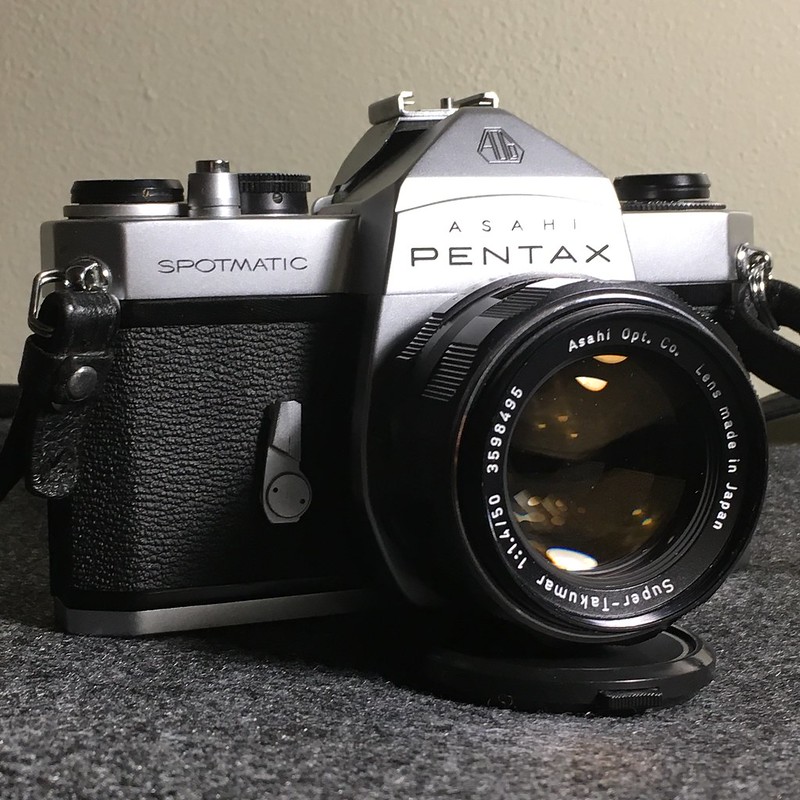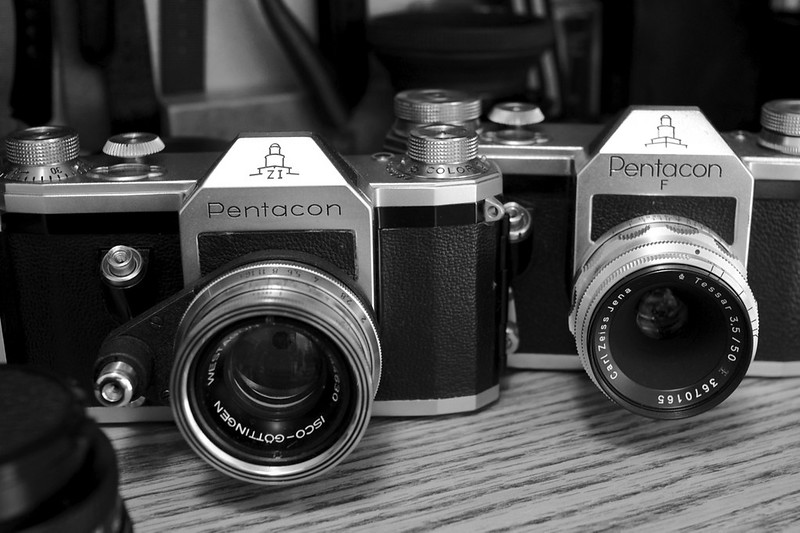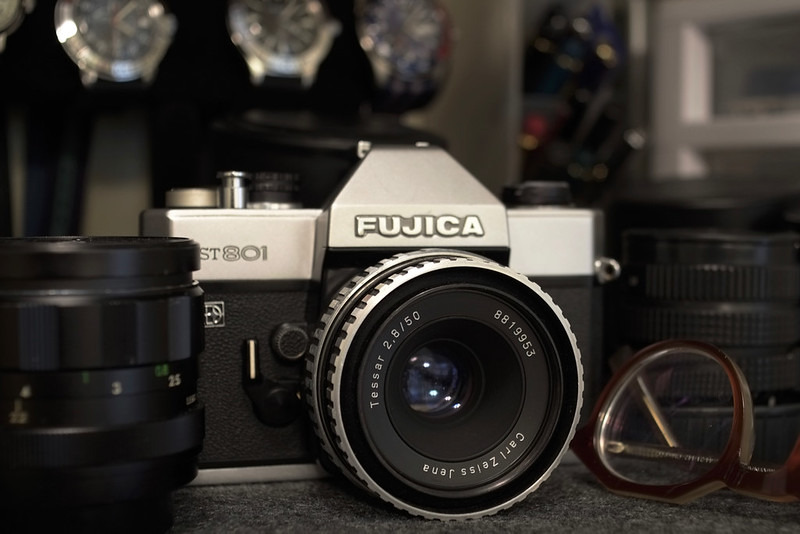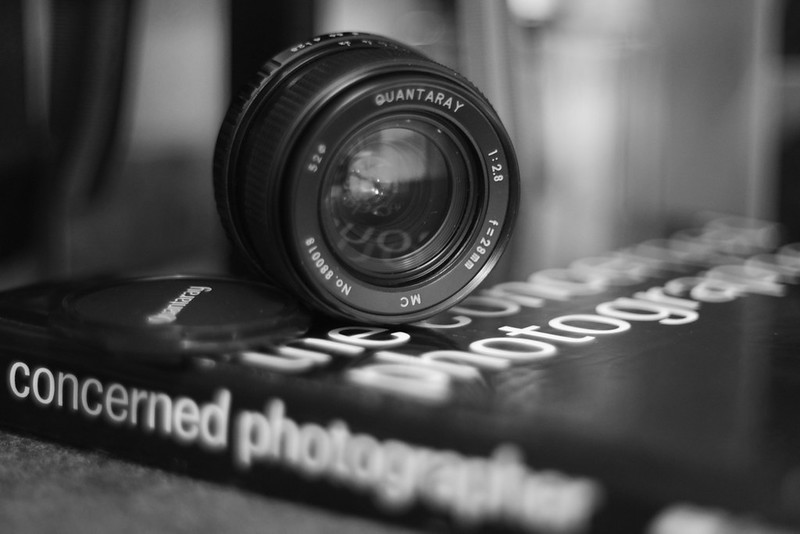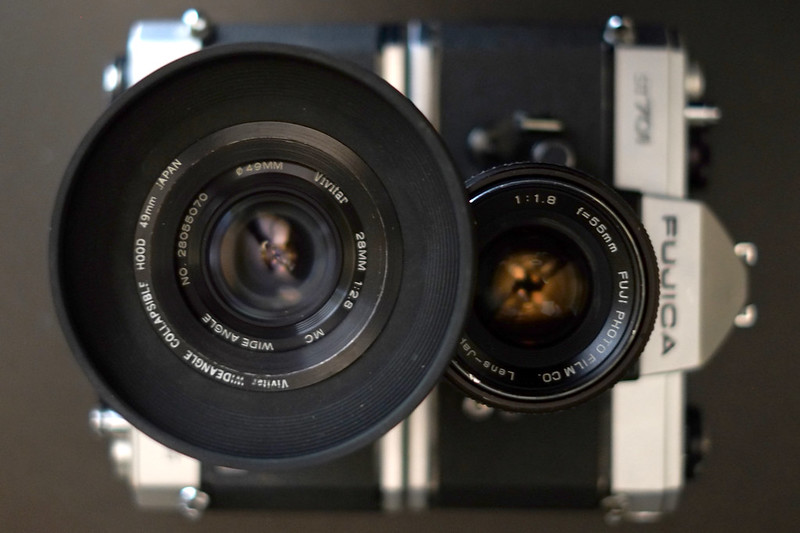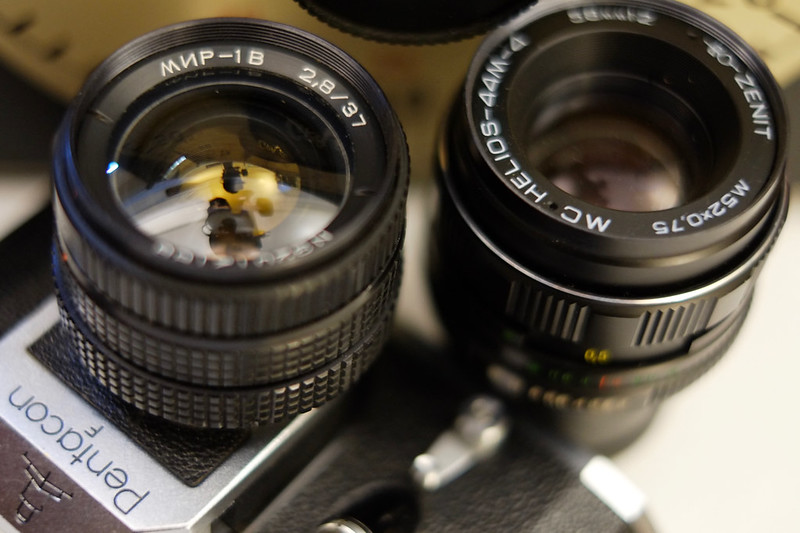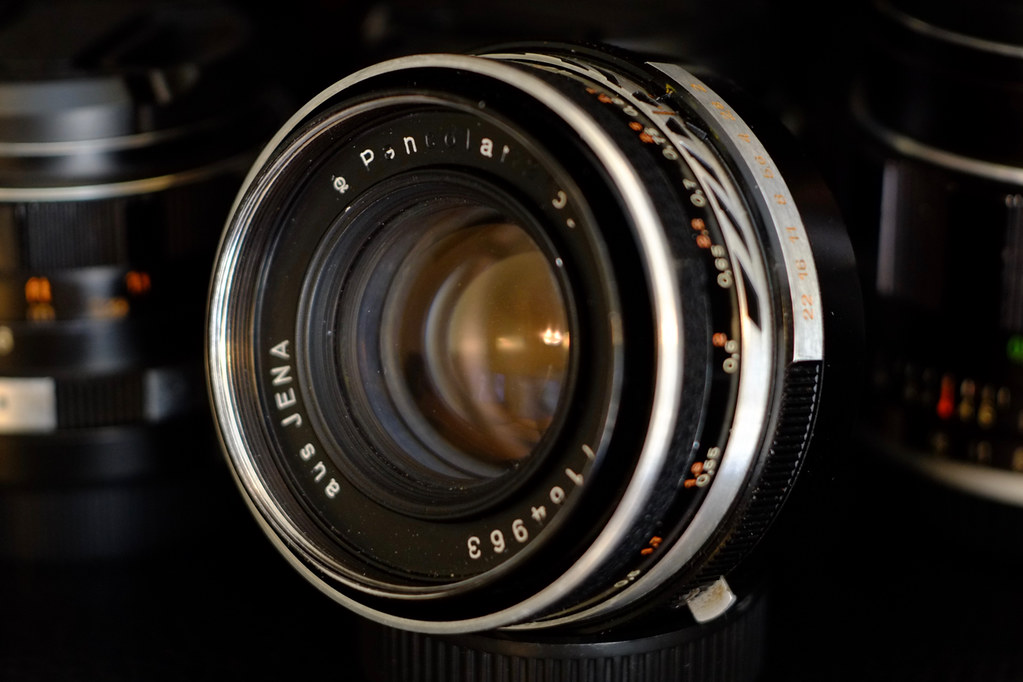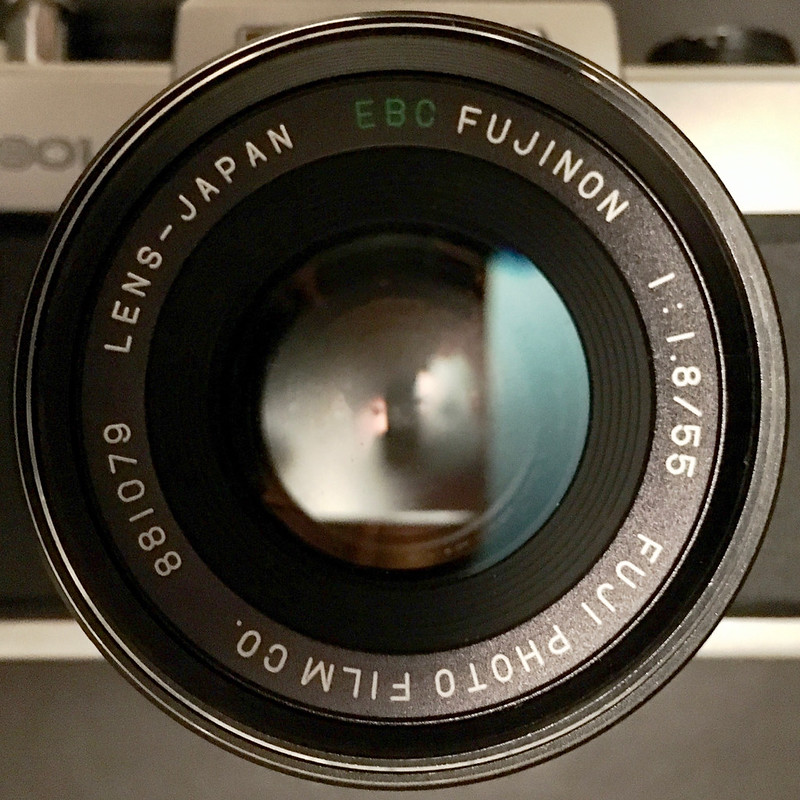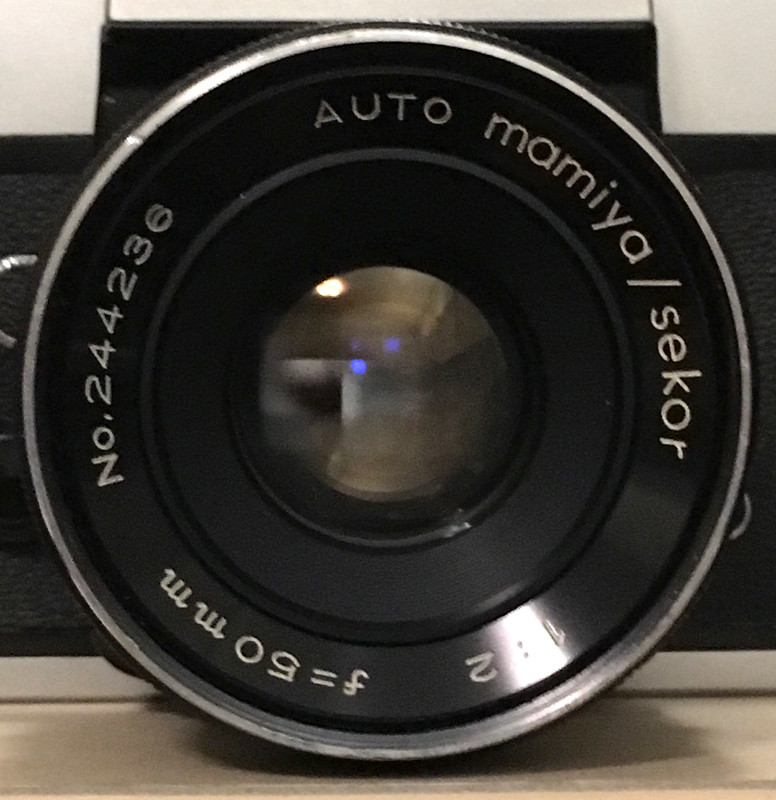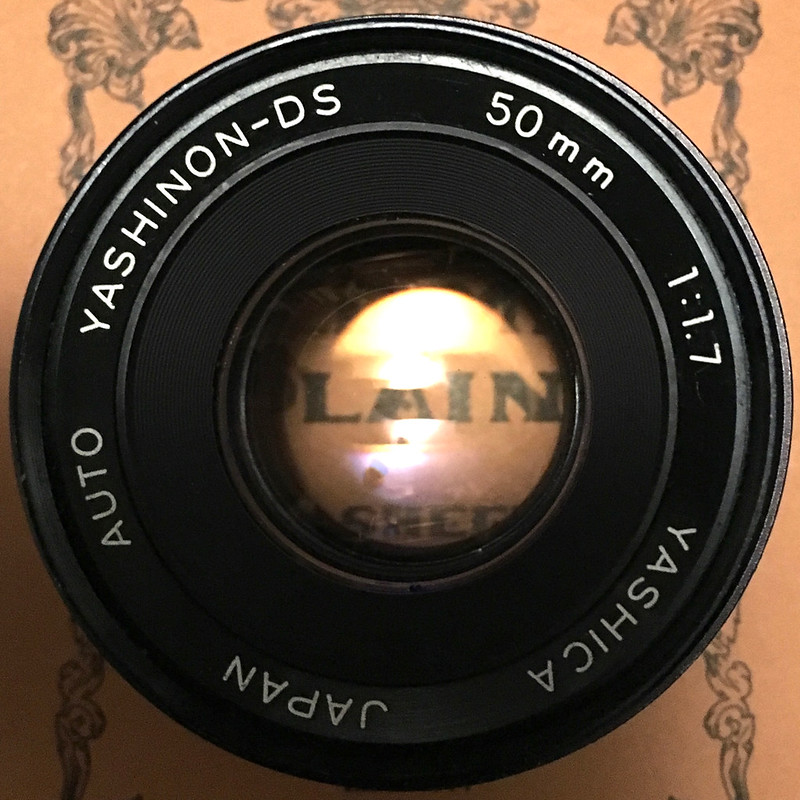I may have shot myself in the foot when I spilled the beans in the original Retro Cool Tonearms article many moons ago, before collecting all the desirable models of viscous damped tonearms.
But it's all good - more good karma to come, hopefully. 😇
The Gray Research and Japanese clones all operate on the same exact principle as depicted above.
This is a transcription length Gray clone I obtained locally, a Calrad SV16 complete with original box and instructions.
 |
| Calrad SV16 Pivot > spindle = 276mm |
Neat P58H + SV16 + GE RPX
 |
| Top: Calrad SV16 Bottom: Velvet Touch (aka, Calrad SV12) |
 |
| Courtesy of Ben C |
Here we have the instruction manual for the Calrad SV12 which is also applicable to the Velvet Touch.
Neat P58H + Velvet Touch (aka SV12) + GE RPX
 |
| Velvet Touch or Calrad SV12 Pivot > spindle = 8 3/8" |
Musicmaster Model 12 installed as per the above 8 3/8" pivot to spindle distance. Sounds okay. But read further...
This is my Realistic Mk VII idler turntable with a factory mounted Realistic A-3 viscous damped tonearm, which is identical to the Calrad SV12 and Velvet Touch.
Pivot to spindle distance = 220 mm or 8.66142" or between 8 5/8" and 8 11/16".
This is my preferred setting after listening to the following cartridges: Denon DL102, GE RPX and VRII + low cu stereo cartridges like the PickeringV15/Stanton 500, Shure M7D & SC35C.
 |
| Neat P58H + Calrad SV16 |
I've also gotten good feedback from ears I trust regarding brand new Gray 108 clones from Karmadon. Serge has come up with variations on the viscous damped tonearm theme. This route is well worth pursuing since prices on eBay for the original 108 and clones have become ridiculous.
Happy Listening!

.jpeg)
























